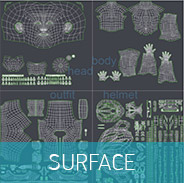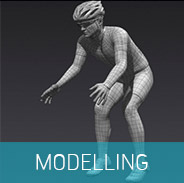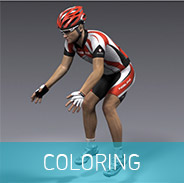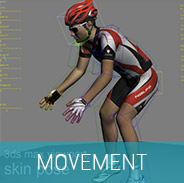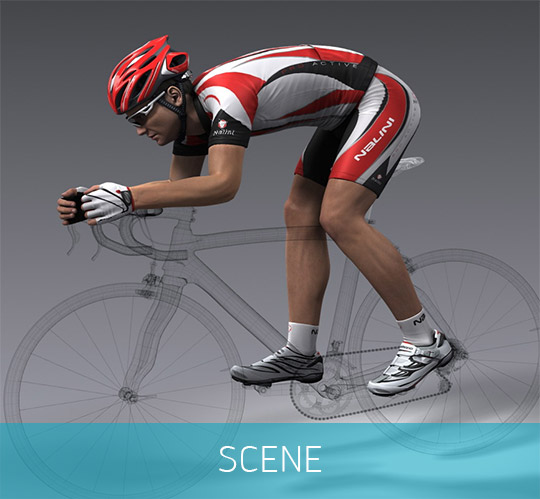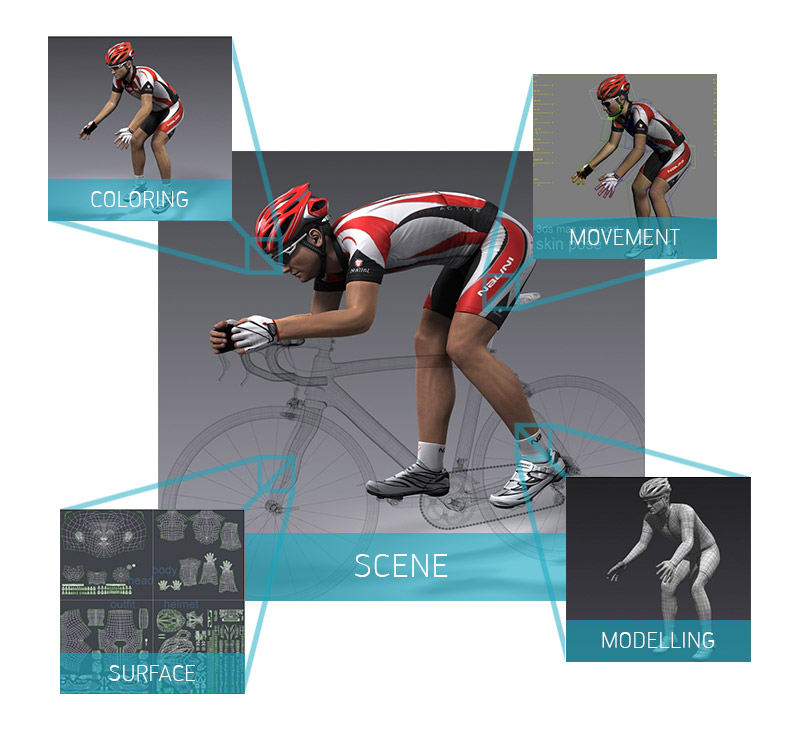About Us
Platonite will exploit a very rare opportunity: the opening-up of a vast
new technological field. This is made possible by the discovery of the
true data structure used by the brain. This neural code has the form of
rapidly switchable net fragments acting as puzzle pieces to compose the
representations we experience in our mind. This neural code will open
the door to autonomous intelligence in artificial systems.
Platonite’s immediate concern will be working towards human-level
artificial vision. This is urgently required for realizing
situation-cognizant autonomous cars, service robots and security
surveillance systems, a goal that so far has been blocked by fundamental
conceptual maladjustment both in computer vision and in neuroscience.
Net fragments are able to express the data structures and processes used
by computer graphics in generating complex visual scenes from a toolbox
of simple structural elements, the novelty being that they are able to
also invert those processes to extract intrinsic scene properties from
camera input. This opens the way for proof-by-reconstruction as the
ultimate basis for reliable sensation.
In distinction to current systems, Platonite’s technology can recognize
objects or situations after single inspection instead of thousands of
hand-labeled examples, and as it doesn’t require double-precision
connection weights it is a natural basis for neuromorphic implementation.
As first step we will construct a relatively simple prototype
demonstrating all necessary functionality.
“our integrative architecture
changes the game”
ESSENTIALLY BLIND
Computer vision is mired in a tangle of part-solutions
The human brain can see, but the attempt to understand it is in a four-decade stalemate
Deep learning is data-expensive and delivers only part-solutions
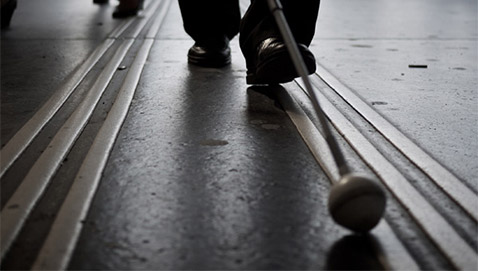
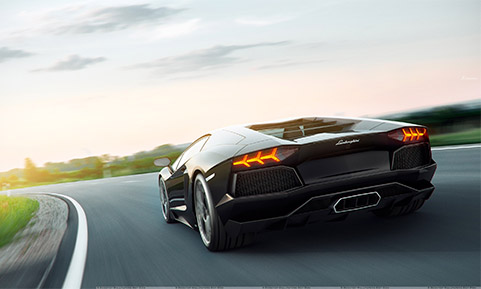
DYNAMIC LINK ARCHITECTURE
is based on dynamic nets instead of single neurons as decision elements
implements the functional principle of the brain
learns from single examples
Reliance on brute-force learning of all variations of all objects.
Restriction to particular tasks
(e.g., classification or localization)
No concept of scene representation
Requirement for double precision weights precludes cheap implementation
Many functional component algorithmsLack of exploitation of synergy to reach reliability
Babylonian confusion of data structures
Low reliability due to lack of component synergy
No learning of content
Based on the brain’s neural code
Natural integration of functional components
Inverse computer graphics
Reconstruction of scenes
Autonomous learning
Ultimate reliability by matching reconstruction to input

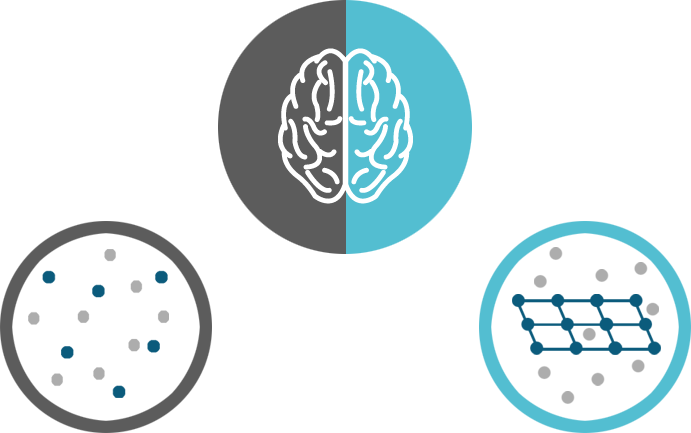
a very weak data structure
Produced by Network Self-Organization
Combine to Represent the Scene
